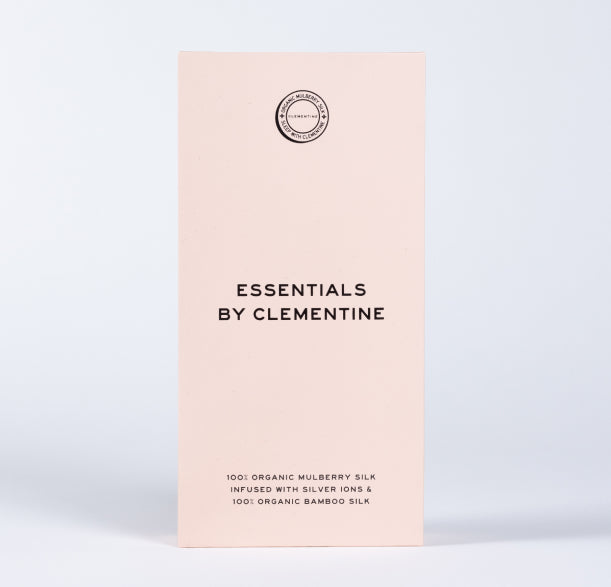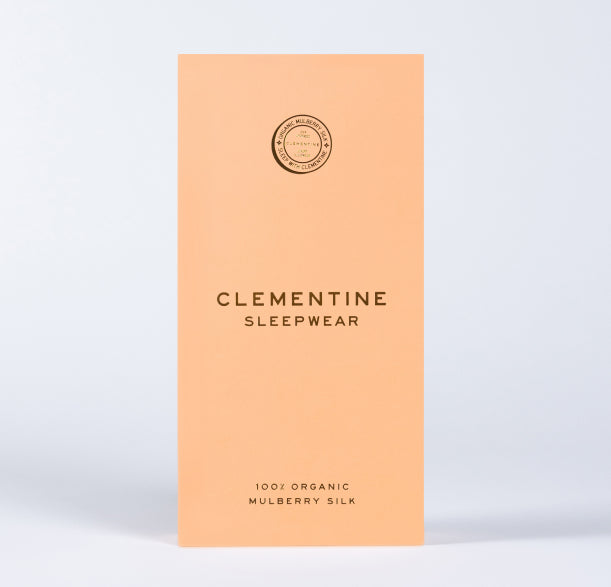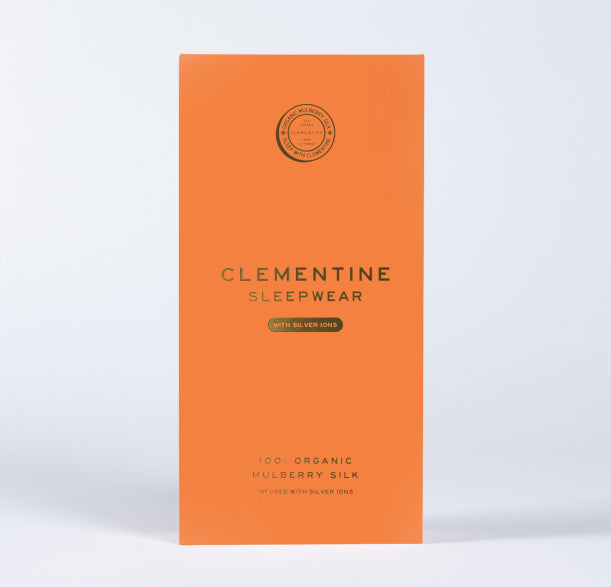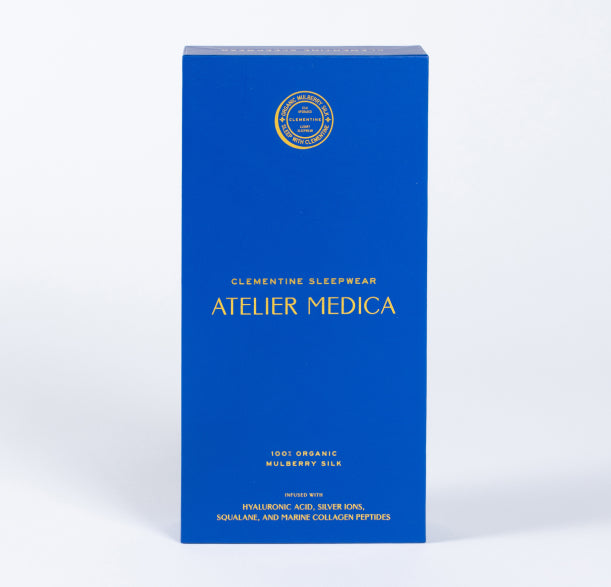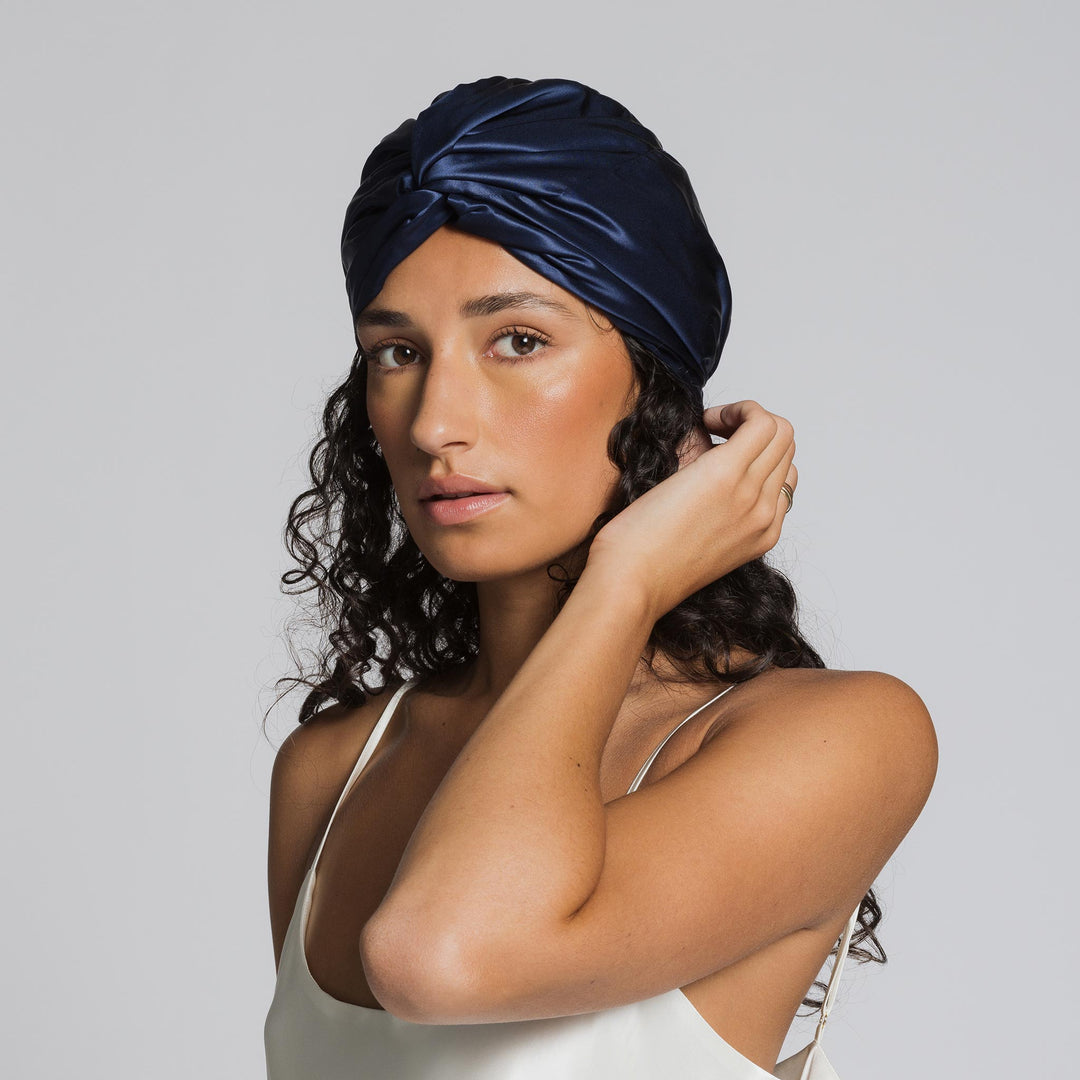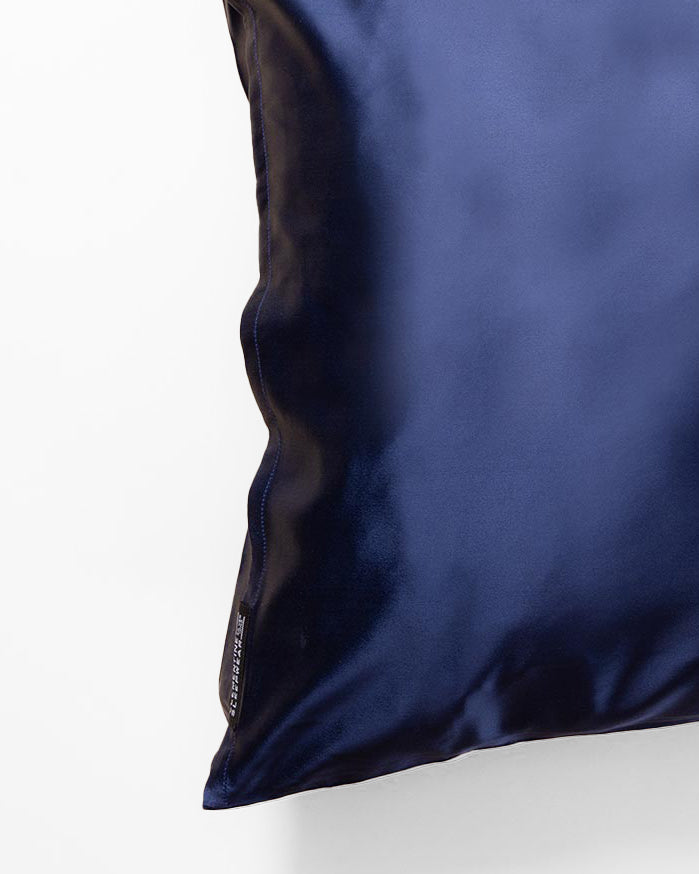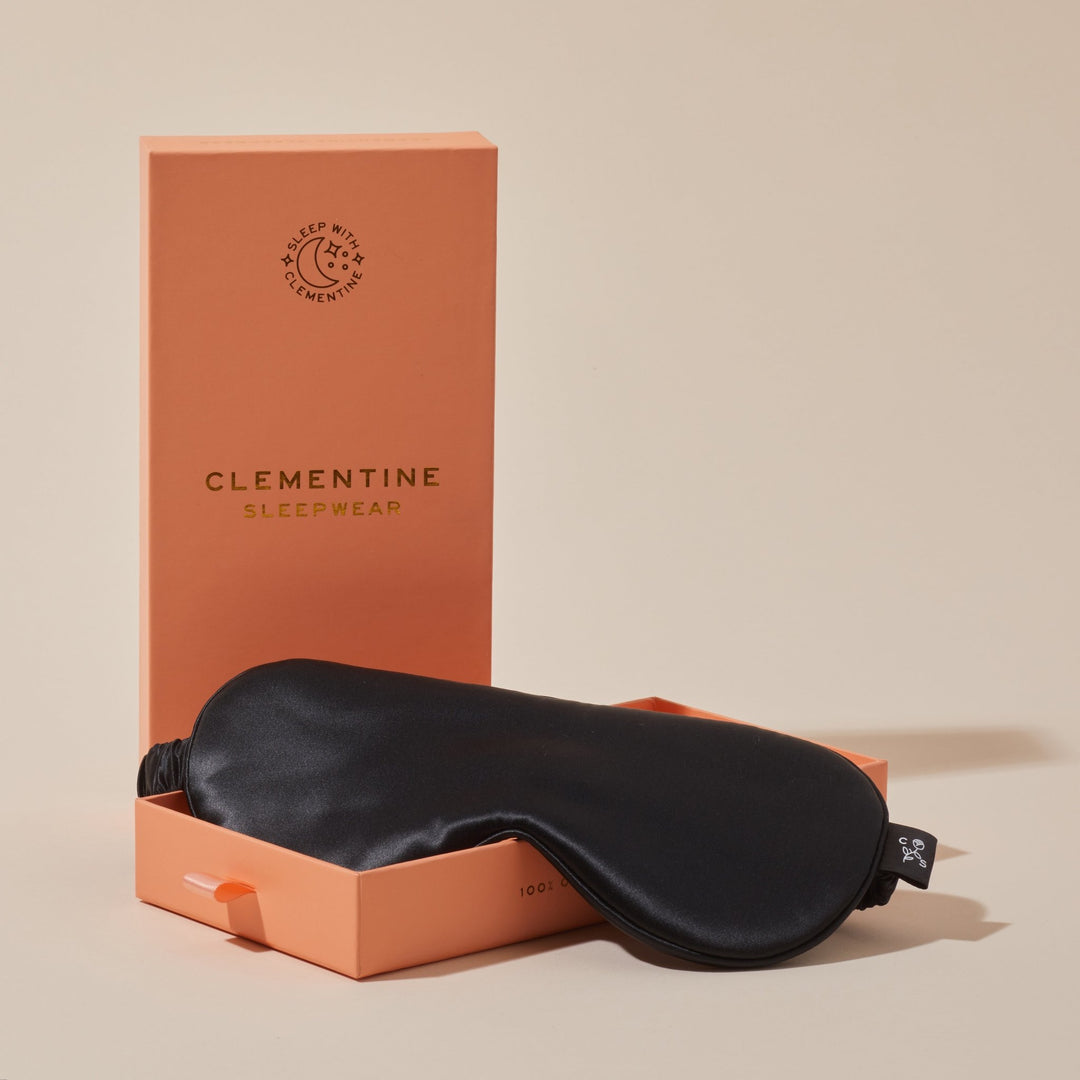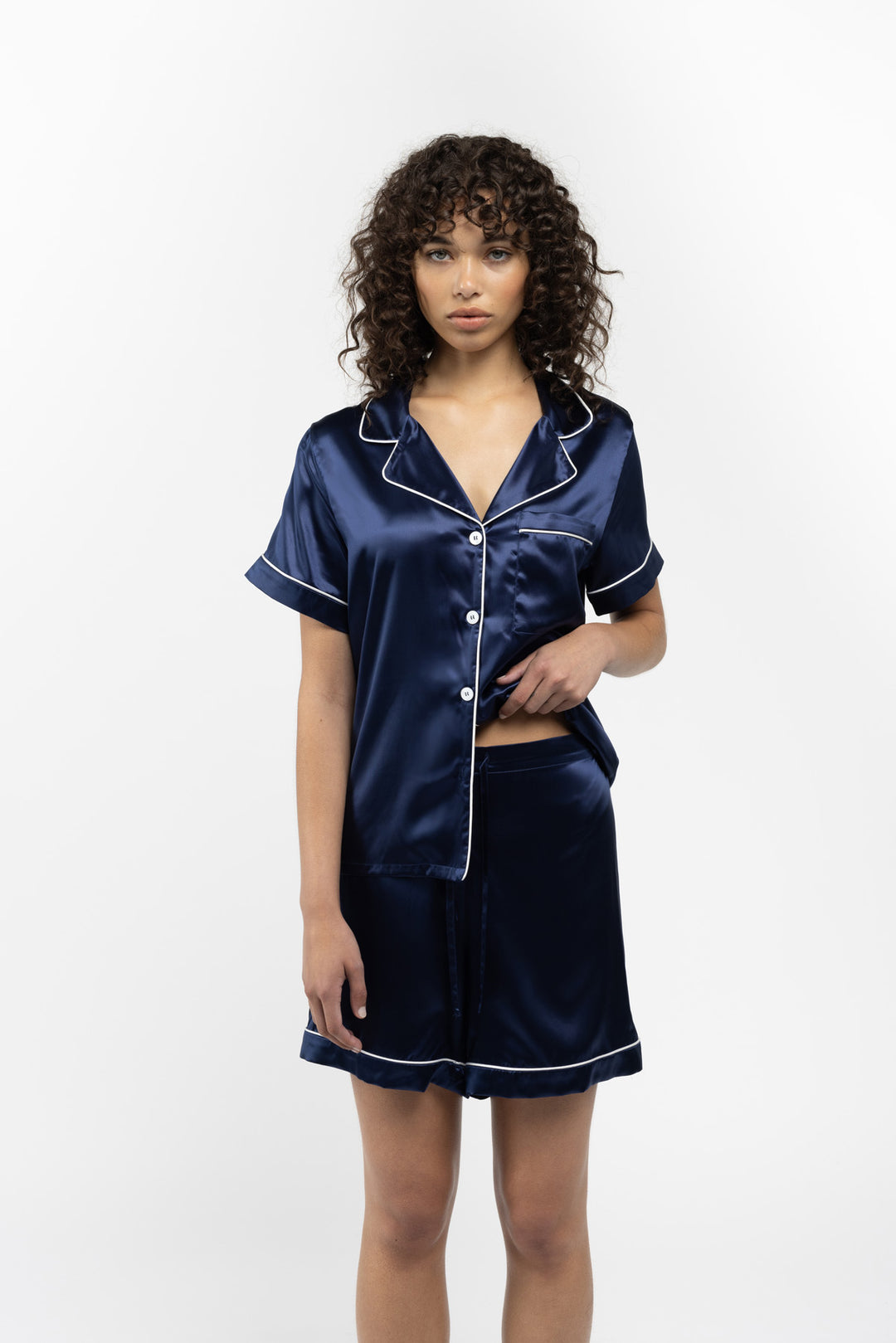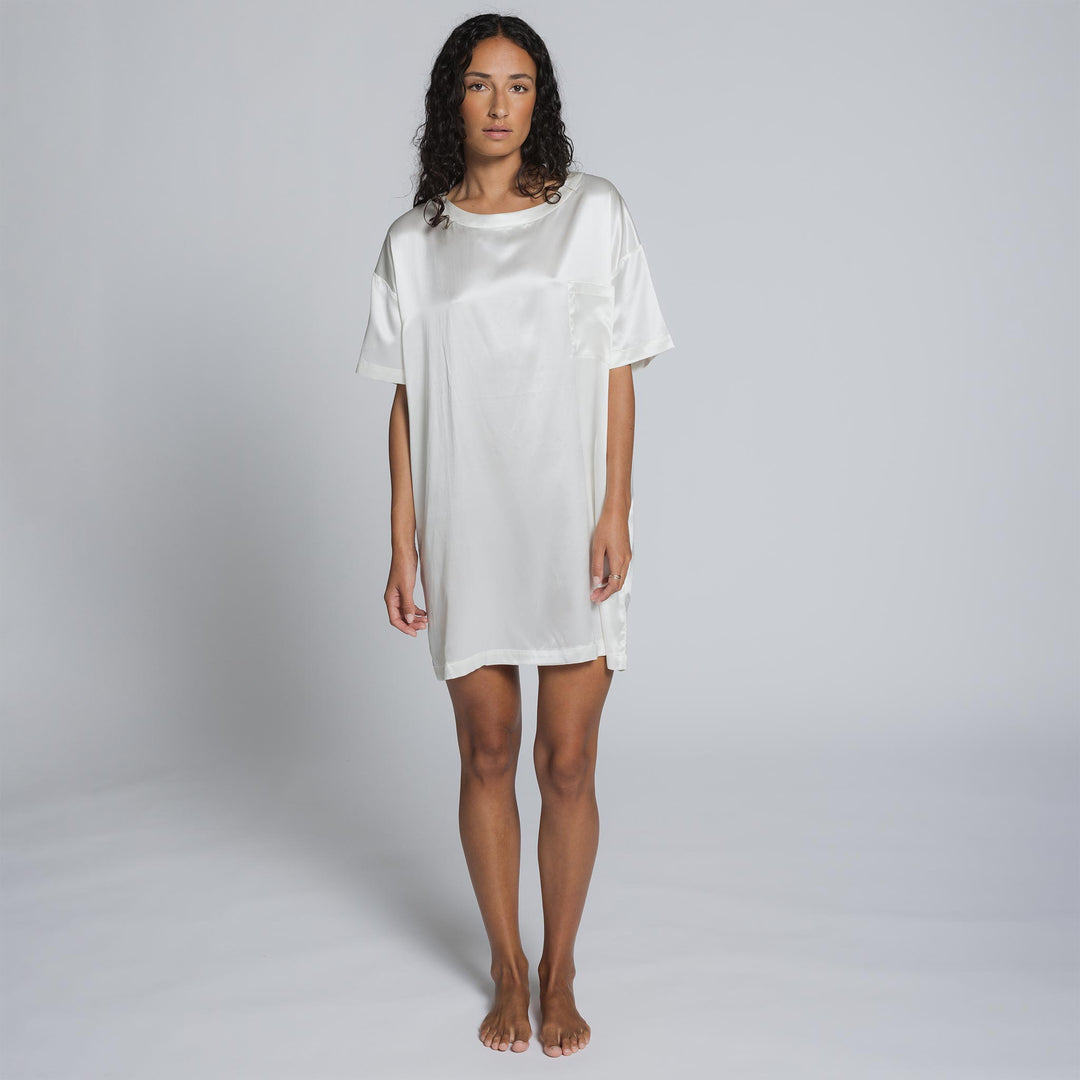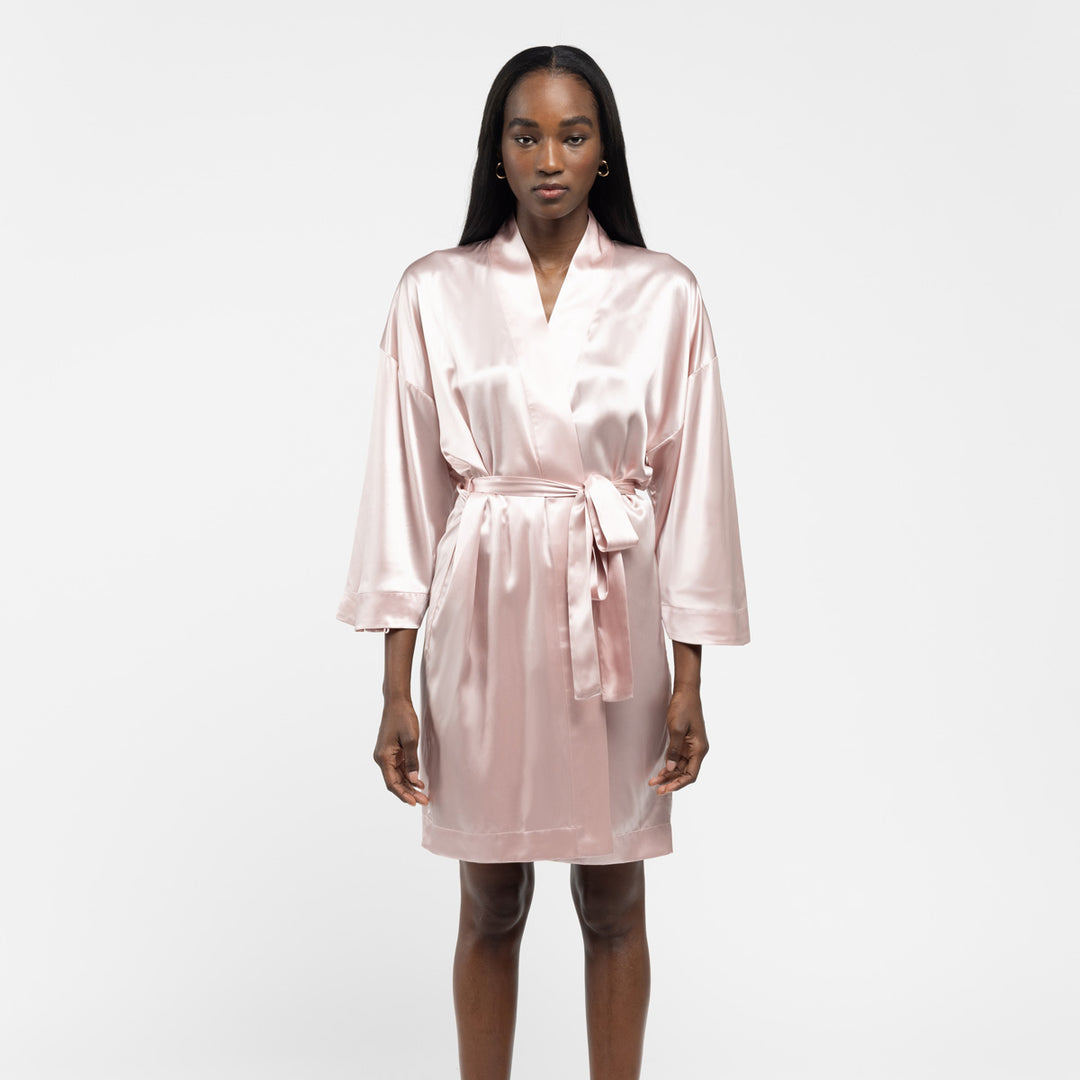The best pillowcase for allergies
When it comes to allergies, it's important to be aware of the materials you use in your bedroom. Pillowcases can play a major role in managing allergies, and selecting the best pillowcase for allergies is essential.
Understanding Allergies & Pillowcases
Hypoallergenic materials are the best choice for those suffering from allergies. They are made from materials that are designed to resist dust and other allergens, making them the perfect choice for those with allergies. While many pillow covers are made from a combination of cotton, polyester, and other fabrics, silk is the one best designed to keep allergens at bay. Not only is silk the best choice for those with allergies, but silk is also incredibly soft and luxurious, making it the perfect choice for those looking for a luxurious sleep experience that's hypoallergenic and replenishing for sensitive skin and allergy sufferers.
The Benefits of a Hypoallergenic Pillowcase
The best pillowcases for managing allergy symptoms are hypoallergenic pillow covers. These pillowcases are specially designed to keep allergens away from your skin and reduce the number of airborne particles that can cause an allergic reaction. Hypoallergenic pillowcases can reduce allergic reactions or even prevent them entirely, by lowering the load of dust mites, triggering toxins, and other bacteria which can cause allergic reactions. By reducing or preventing these reactions, many allergy sufferers find that they have a more restful sleep. A pillow will be considered a hypoallergenic pillow if it is made from a hypoallergenic material. Starting with a high-quality fabric is essential and for many, it must be organic. Organic materials minimize or limit entirely the use of pesticides and chemicals in the production process, and in doing so, lower the kinds of triggers that cause allergy sufferers to react. But even then, not all fabrics are equal. Unlike cotton or bamboo, satin, or polyester, organic silk is the perfect blend of hypoallergenic benefits, and skin health renewal. It has more luster, shine, and smoothness for skin irritation, naturally occuring sericin, resistance to dehydrating the skin, and wicks moisture away while staving off things like dust mite which cause allergy sufferers issues.
Silk is breathable and allows your skin to breathe while still providing a protective barrier against allergens. Not only do silk natural fibers help keep allergens away from your skin, but they also help to keep your pillowcase clean and free from dust mites and other irritants that can cause reactions. With a hypoallergenic silk pillowcase, you can rest easy knowing that your sleep environment is free from potential allergens. And with an organic silk pillowcase, you take protection to the next level by increasing the quality of the silk and lowering the chemical load of the fabric.
Why Silk is Hypoallergenic
Silk has long been considered a luxurious material, but it also has hypoallergenic properties that make it the best pillowcase for allergies. Silk pillowcases are some of the best hypoallergenic pillow covers available, due to the natural fibers that make up the material. Silk is naturally breathable and can help to reduce common allergy symptoms such as sneezing, itching, and congestion. Additionally, silk pillowcases are resistant to dust mites, which are a common cause of allergies. Mulberry silk pillowcases contain a natural protein called sericin, which causes the pillowcase to be naturally resistant to mold and mildew, resistant to dust-mite, and lower in chemicals, which reduces and even removes allergy symptoms while sleeping, provided the rest of your bedroom is an allergy free haven. The best pillowcases for allergies are silk pillowcases.
Organic Silk for Allergy Sufferers
When it comes to finding the best pillowcase for allergies, organic silk is the top choice. Not only is it incredibly soft and luxurious, but it's lower chemical load improves silk's already great hypoallergenic qualities, making organic silk the perfect choice for those with allergies. The natural properties of organic mulberry silk wick away moisture from the face to keep the skin cool and comfortable in summer, and pleasant in winter, ensuring that overheating does not occur and cause irritation to the skin. Organic silk is produced without the use of harsh chemicals or dyes, which can irritate sensitive skin. It is also naturally breathable and wicks away moisture, making it a great choice for those with asthma or other respiratory issues. Organic silk pillowcases are also free of dust mites, which can cause allergic reactions.
Organic silk pillowcases are an excellent choice for allergy sufferers, as they provide a comfortable and safe sleeping environment. They are also incredibly durable and can last for years, making them a great investment for those looking for the best hypoallergenic pillow covers. Whether you suffer from allergies or just want to enjoy the luxurious feel of organic silk, you can rest easy knowing you have the best pillowcase for allergies.
Caring for Hypoallergenic Silk Pillowcases
When it comes to finding the best pillowcase for allergies, silk pillowcases are the way to go. Silk is naturally hypoallergenic, meaning it won’t trigger any allergic reactions, and it’s also highly breathable, allowing air to flow freely through the fabric. Not only that, but silk pillowcases are incredibly soft and luxurious, making them the perfect choice for a good night’s sleep. For many allergy sufferers, they know only too well that pillowcases need to be washed consistently to ensure that dust and bacteria don't build up and make things worse. Silk is more resistant than any other fabric, and so requires less washing - with that said, caring for your silk makes a big difference. This means lightly washing in mild detergents (let's not get harsh with the chemicals), and lightly drying. You'll find that a regular routine of washing your silk pillowcase will make sure it stays in shape, and helps you sleep extremely well.
At Clementine Sleepwear, we offer a range of organic silk pillowcases that are the best hypoallergenic pillow covers on the market. Our pillowcases are made from the highest-quality organic mulberry silk.
Tips for Choosing the Best Pillowcase for Allergies
Allergies can be an uncomfortable and irritating issue for many people. Choosing the right pillowcase can be an important factor in reducing the effects of allergies. Hypoallergenic pillowcases are a great option for those looking to avoid allergens and dust mites. Silk pillowcases are especially beneficial, as they are naturally hypoallergenic and can be found in both organic and non-organic varieties. When selecting the best pillowcase for allergies, it is important to consider the material, care instructions, and the type of allergies you are dealing with. Following these tips can help you find the perfect pillowcase to reduce your allergy symptoms and get a better night's sleep.
One thing to note as we finish off on this topic is that a pillowcase is only part of the picture. If you are an allergy sufferer, many experts recommend that you look at the bedroom as a whole, ensuring that everything from your mattress and organic pajamas to your quilt, sheets, curtains and even flooring are selected with a hypoallergenic quality in mind. Choosing an organic silk pillowcase is the right first step, and we wish you all the best as you have the best night routine and organic sleep you can get.
FAQs
Some FAQs that came up when we were writing this article:
Q: What is an allergy?
A: An allergy is an immune system response to a foreign substance, such as pollen, pet dander, dust mites, or certain foods. When exposed to these substances, the body releases chemicals such as histamine which can cause symptoms such as sneezing, coughing, watery eyes, and skin rashes.
Q: What is the best pillowcase for allergies?
A: The best pillowcase for allergies is one that is hypoallergenic. Hypoallergenic pillowcases are made from materials that are less likely to cause an allergic reaction. These materials may include cotton, silk, and bamboo but by far, the best of these is silk. If hypoallergenic is important to you, always consider organic materials to lighten your chemical load and reduce the chance of allergic reactions.
Q: What are the benefits of using a hypoallergenic pillowcase?
A: Hypoallergenic pillowcases are designed to reduce allergens that can cause allergic reactions. They are also more breathable than traditional materials, which can help reduce the risk of overheating and discomfort while sleeping.
Q: Why is silk a hypoallergenic material?
A: Silk is a natural fiber that is resistant to dust mites, mold, and mildew, making it an ideal material for those with allergies. It is also naturally breathable, which helps keep the skin cool and comfortable while sleeping.
Q: Is organic silk better for allergy sufferers?
A: Organic silk is a great option for those with allergies because it is free from chemical treatments, pesticides, and dyes that can irritate the skin. It is also naturally breathable and resistant to dust mites, mold, and mildew.
Q: How should I care for my silk pillowcase?
A: Silk pillowcases should be hand washed in cold water with a mild detergent or machine washed on a gentle cycle. It is important to avoid using bleach or fabric softeners, as these can damage the fabric. After washing, the pillowcase should be hung to dry or dried on low heat.
Q: What tips should I keep in mind when choosing the best pillowcase for allergies?
A: When choosing the best pillowcase for allergies, it is important to look for materials that are hypoallergenic, such as cotton, silk, or bamboo. But make sure it's organic. Of all the hypoallergenic materials, silk is by far the best.
